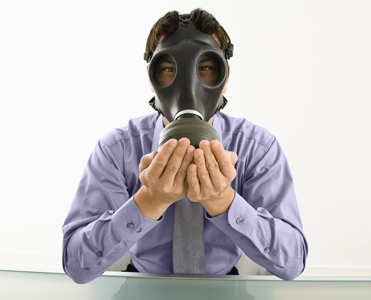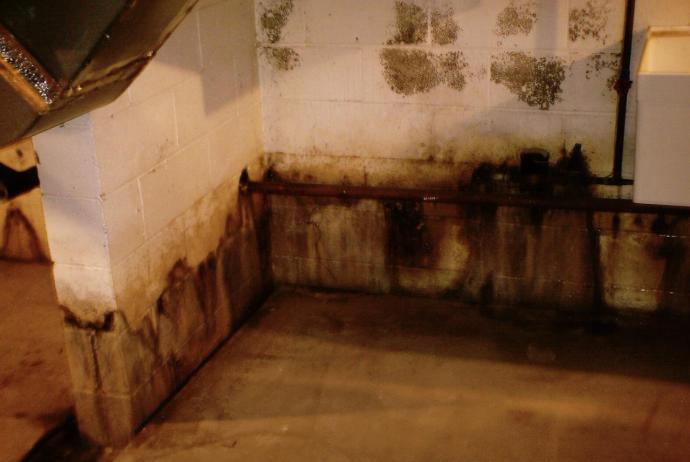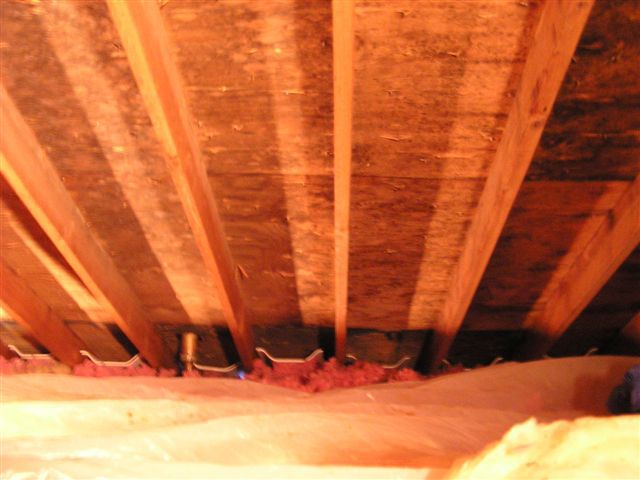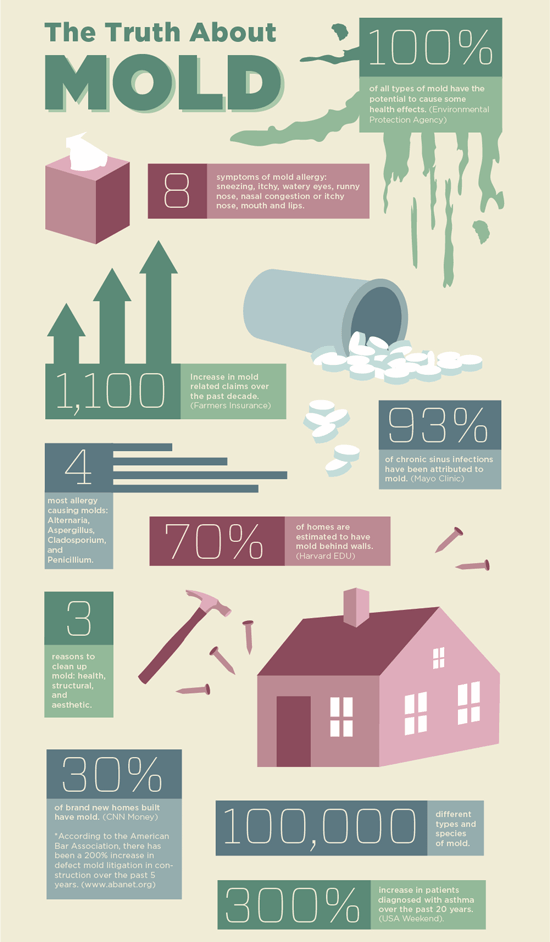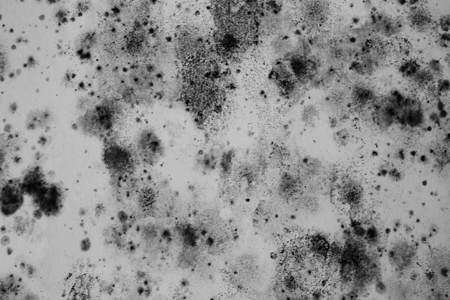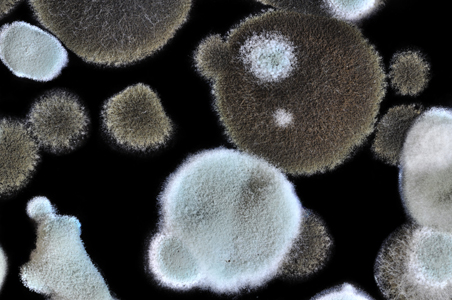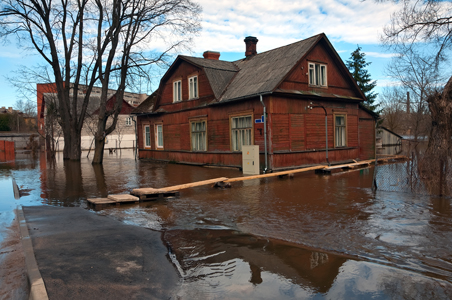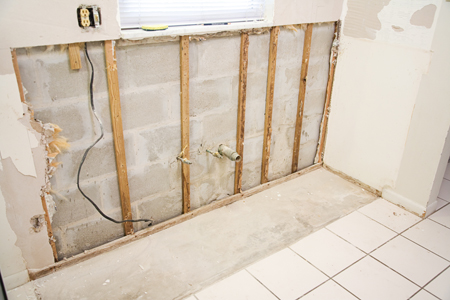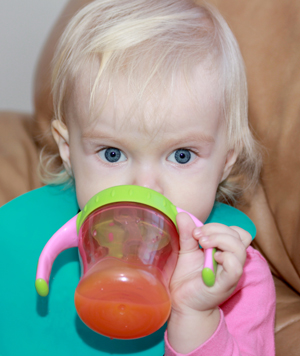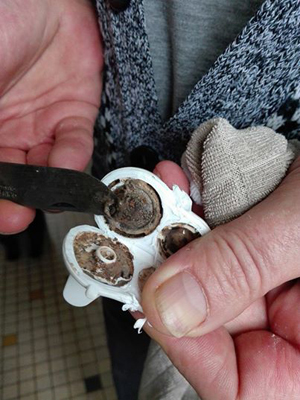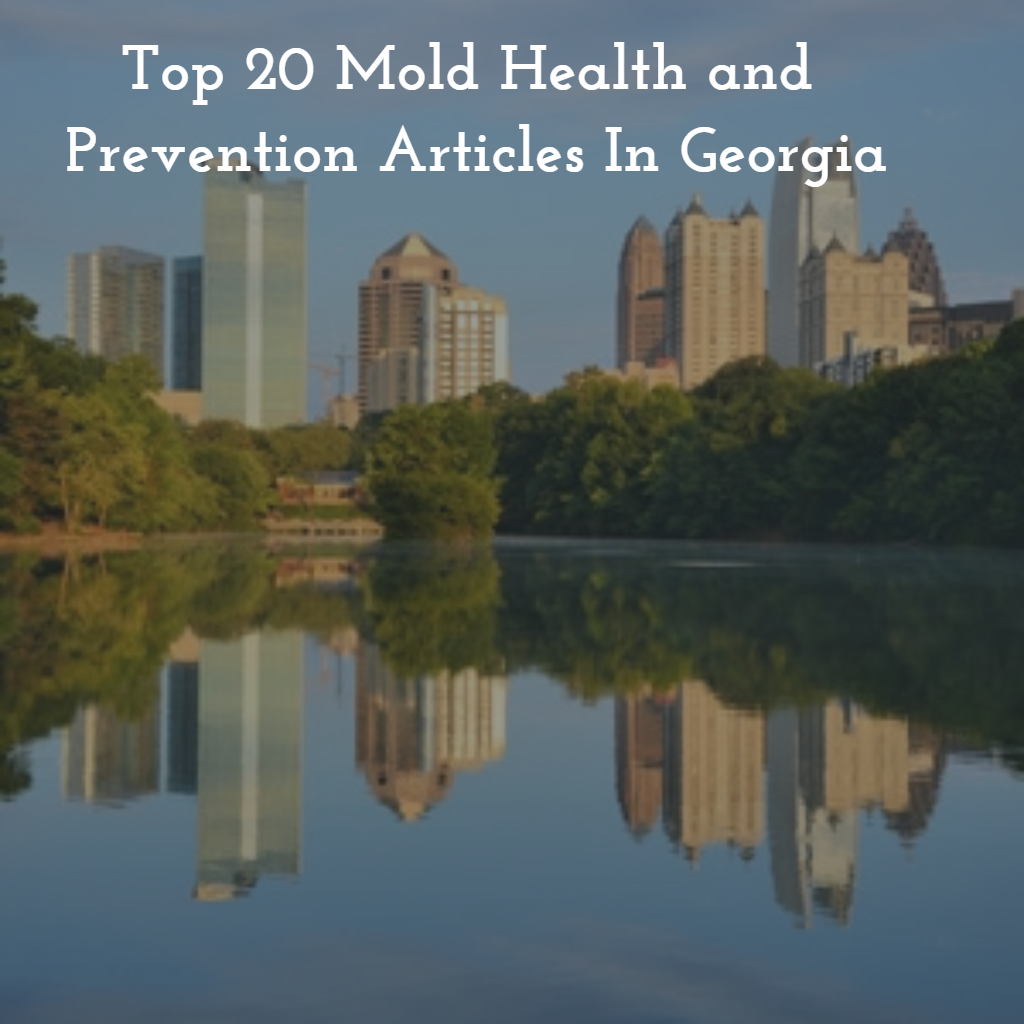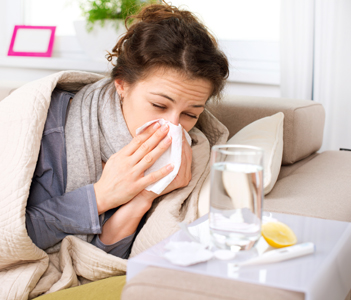
by Eric Brown | Jun 8, 2016 | Air Conditioning, Attic Mold, Basement Mold, Can Black Mold Poison You?, Can Mold Kill?, Chronic Inflammatory Response Syndrome (CIRS), Crawlspace Mold, Dead Mold Spores, Health, How Toxic Is Mold?, Indoor Air Quality, Mold and Asthma, Mold and Depression, Mold and Infants, Mold and Multiple Sclerosis, Mold and Parkinson's Disease, Mold and Pregnant Women, Mold and Sids, Mold and Sinusitis, Mold Facts, Mold In Apartment, Mold Information, Mold Inspection, Mold Remediation, Mold Removal, Questions and Answers, Toxic Mold
Atlanta Indoor Air Quality Testing Experts!

Atlanta Indoor Air Quality Testing Experts!
Indoor air quality testing is an important part of determining how healthy your surroundings are.
Since we spend over 90% of our life indoors, the health and quality of the air we breathe is of utmost importance.
The majority of indoor pollutants are invisible to the naked eye and do not necessarily produce a noticeable odour.
Good indoor air quality should also not be confused with cleanliness or hygiene.
A visibly clean home or office can have a number of air quality issues that are difficult to rectify if they are not identified properly.
Bad Air Can Impact Your Health!
Do you have any of the following health symptoms?
- Recurring headaches;
- Breathing difficulties, asthma, or respiratory infections;
- Excessive coughing or the feeling of not getting enough air;
- Repeated congestion or sinus infections;
- Dizziness, confusion or malaise;
- Skin irritation or rash;
- Ear and eye infections
These symptoms could be caused by the air you are breathing.
Our Indoor Air Quality Testing
We use OSHA, NIOSHA, and EPA testing procedures to investigate indoor air quality complaints or give you a profile of your air.
Hundreds of compounds can be tested for including gases, chemicals, dust, and biological samples.
We take special care in instruments calibration and sample handling to produce accurate and reliable results.
Our results are compared with controlled samples to ensure accurate data.
We offer services for both residential and business customers.
Mold Testing
Mold testing is done by taking air samples and comparing inside and outside spore numbers and can determine if a building has a high amount of mold present.
Mold and moisture testing will help assess problems by determining if high mold levels exist and if remediation work is necessary.
For more general info on mold you can also visit the EPA’s mold home page, the CDC’s homepage, and the website set up by Wonder Makers Environmental, www.moldsensitized.com.
Mold Inspections
Mold inspections look for any areas affected by mold and moisture.
During our inspections, we take moisture reading of interior walls in the sample area to see if there is a suitable environment for mold to grow.
Our experts are trained scientists and have a background in the building construction industry.
We can relate mold data to a building and provide you with practical solutions if a problem is found.
We can identify and asses any mold problem you may have.
Environmental Consulting
Consulting services meet your special and specific environmental needs.
Risk management services are offered to help asses environmental conditions present and to help determine if action should be taken to minimize risks and exposure.
Got Indoor Air Quality Questions?
Call, (470) 545-4467, or send us an e-mail. We look forward to serving you! 🙂
Indoor Air Quality and Your Health (Infographic)

by Eric Brown | May 6, 2016 | Air Conditioning, Attic Mold, Basement Mold, Beware Of Mold When Buying A Home, Bleach and Mold, Can Black Mold Poison You?, Can Mold Kill?, Chronic Inflammatory Response Syndrome (CIRS), Crawlspace Mold, Dead Mold Spores, Flood Clean Up, Health, How Toxic Is Mold?, Indoor Air Quality, Killing Mold, Mold Facts, Mold Information, Mold Inspection, Mold Remediation, Mold Removal, Questions and Answers
Atlanta Mold Testing, Mold Remediation and Mold Recovery Experts!

Atlanta Mold Testing, Mold Remediation and Mold Recovery Experts!
Got a mold concern, call 678-697-6267.
Water is a vital necessity for life, but when it becomes uncontrolled, it can cause devastation. Whether your property has been damaged by a torrential downpour, a triggered sprinkler system or busted pipes, Mold B Gone can help.
Water can cause much more serious damage than just getting things a little soggy. In many cases the damage to the structure is not confined to just the water line. The drywall, wood, and even concrete used in many structures can act as a sponge which will then cause the water damage to extend much higher and deeper into the structure. Also mold growth can happen after a period of time and often will appear long after the water damage.
Mold comes from excessive moisture or water accumulation indoors. While it is impossible to eliminate all molds and mold spores, controlling moisture can control indoor mold growth.
All molds share the characteristic of being able to grow without sunlight. Mold only needs a viable seed (spore), a nutrient source, moisture, and the right temperature to proliferate. This explains why mold infestation is often found in damp, dark, hidden spaces. If left unchecked, molds gradually damage building materials and furnishings. Eventually mold can cause structural damage to a wood framed building, weakening floors and walls as it feeds on moist wooden structural members. This is a particular concern if you have mold growing in your crawl space.
The purpose of mold remediation is to correct the moisture problem and to remove moldy and contaminated materials to prevent human exposure that can impact health and further damage to building materials and furnishings.

Atlanta Mold Testing, Mold Remediation and Mold Recovery Professionals!
Mold Recovery: Four Steps
If you think you have mold, you should take these important steps now to prevent more damage to your home or business and more importantly, avoid health problems.
- Call us to discuss your mold issue. At that time we can perform a mold inspection and if required, test the indoor air quality to determine the spore count and mold species.
- If swab, tape, or indoor air quality tests are done, these will be sent to an accredited third party lab for the results. This report is used to scope the job for cleaning and repairs. Our Mitigation Project Manager will then discuss the cleaning process with you.
- Once the area is has been mitigated, a Third Party air quality consultant will do a second air test to be sure that the air in your home or business will not promote further mold growth. Please note, some customers prefer the Third Party air quality consultant to do both the pre and post testing which we can arrange for you.
- If your home was damaged by an insurable water emergency, like a flood or sewer backup, and your property needs reconstruction, our Project Manager will refer you to a reconstruction contractor we work with to survey the damage and discuss in detail your options and steps for rebuilding. If the mold is found in your basement, we offer a basement build out service as well. If your home experienced a sewer backup, we also can sanitize your home for you as well. Once you select us to perform the reconstruction work, we will require your authorization to work with your insurance company. We will then submit the estimate to your insurance company and work with them to reach an agreement on the cost to complete the repairs. We work for you and our goal is to get your home or business back to its pre-loss condition as quickly as possible. When the work is completed you will be asked to sign a Certificate of Satisfaction stating that you are satisfied with the restoration. This will be submitted to the insurance carrier for release of the final payment.
Got Mold Concerns?
Call Mold B Gone, 678-697-6267 or send us an e-mail. We are Atlanta’s leading certified experts for mold testing and mold remediation. With over two decades of experience and thousands of successful homes, you can trust us to take care of any mold remediation problem that you may have with the utmost care for you and your home.
Mold Summary Infographic

Atlanta, Georgia Mold Summary Infographic!

by Eric Brown | Apr 15, 2016 | Air Conditioning, Attic Mold, Basement Mold, Beware Of Mold When Buying A Home, Bleach and Mold, Can Black Mold Poison You?, Can Mold Kill?, Christmas Tree Mold, Chronic Inflammatory Response Syndrome (CIRS), Crawlspace Mold, Dead Mold Spores, Flood Clean Up, Health, How Toxic Is Mold?, Indoor Air Quality, Killing Mold, Mold and Asthma, Mold and Depression, Mold and Infants, Mold and Multiple Sclerosis, Mold and Parkinson's Disease, Mold and Pregnant Women, Mold and Sids, Mold and Sinusitis, Mold Facts, Mold In Apartment, Mold In The Bible, Mold Information, Mold Inspection, Mold Remediation, Mold Removal, Mold Removal Cost, Mold Risk During Renovation, Mold Sensitized Success Story, Questions and Answers, Sewer Backup, Sippy Cup Mold, Stachybotrys Black Mold, Top 15 Mold Prevention Tips, Toxic Mold, Water Damage Restoration
The Ultimate Mold Education Resource

The Ultimate Mold Education Resource
The goal of Mold B Gone is to educate our customers about mold. We strongly believe that an educated and informed consumer can make better decisions when they have concerns about mold.
Included in this article are 36 links to articles that will help you learn about mold.
Please bookmark this page because we will update it with new articles as they are researched and published.
If you have questions about mold removal, crawl space mold removal and encapsulation, other services we offer, and/or our 1 year up to 25 year guarantee, call us, 678-697-6267, or send us an e-mail. We look forward to serving you. 🙂
Mold Facts and Information (7 Articles)

Mold Facts and Information (7 Articles)
Priests were the equivalent of today’s mold inspectors. This article lists the three passages cited in Leviticus. Learn more!
Mold Fact 1: The Key Ingredient Mold Needs To Thrive Is Moisture. There are 9 more mold facts explained in this article. What do you think they are?
Top 4 Reasons Mold Grows In Your Attic! The purpose of this article is to explain why mold grows in your attic and prevention tips.
Top 3 Reasons Your Crawlspace Has High Humidity. This article explains why your crawlspace is humid, why this leads to mold and how you can fix the problem!
Steps Residents Can Take If They Have Mold In Their Apartment! This article explains what you can do if you find mold in your apartment. Learn more!
Top 10 Reasons Mold Is Scary!
Here are the top 10 reasons we believe that mold is scary. Enjoy!
This article provides you with information to help you determine if you have a mold problem and explains what you should and should not do if you do find mold.
Black Mold (2 Articles)

Black Mold (2 Articles)
Recently a news article featured a woman who believes that she was poisoned by toxic black stachybotrys mold. This article explores this topic further!
Stachybotrys is considered the king of molds because exposure to this toxic black mold causes 15 serious health conditions. Learn more!
Mold and Health (13 Articles)

Mold and Health (13 Articles)
Wondering if you are sensitive to mold? This article explains how to determine if you are mold sensitized, seeking treatment, and the next two steps to health!
This article explains why mold can be toxic, listing 10 specific health conditions. Learn more!
Potential Health Complications Mold Exposure Has On Pregnant Women and Infants! Questions answered about SIDS, asthma, miscarriage, and pulmonary hemorrhage.
This article article explains why mold grows on sippy cups, why it could make your child sick, and how you should properly clean the sippy cup!
Mold Remediation Improves Health! This article explains why, citing an interview with Jack and Helen Graham, a Mold Sensitized Success Story!
Could Some People Diagnosed With Multiple Sclerosis Actually Be Suffering From Mold Sickness? This article explains how and why. Learn more!
One in Three people get sick from their Christmas tree. This article explains why and what you can do to feel better. Learn more.
Why Do Some People Get Sick From Mold And Others Do Not? This article explains why 1 in 4 people have a genetic predisposition to mold illness.
This article explains why many suffering from CIRS are diagnosed with depression caused by mold. Both scientific and anectodal data are cited. Learn more!
Does Mold Cause Parkinson’s Disease? The purpose of this article is to explain why and how mold could be a possible cause of Parkinson’s Disease.
Top 3 Reasons Mold Sickness Is A Hidden Epidemic! You could be sick from mold and not even know it. This article explains why mold is a hidden epidemic!
37 million Americans suffer from sinusitis. Cause? This article lists the top 10 stats and facts citing MAYO clinic research that believes mold is the cause!
According to the CDC, rates of asthma among children in Georgia is 3% above the national average. Is mold a factor? This article cites stats and research!
Water Damage and Mold (4 Articles)

Water Damage and Mold (4 Articles)
Concerned about sewer backups? This article explains what causes sewers to backup and how you can prevent this from happening. Learn more!
Flood and water damage not only disrupts your life but can also be hazardous to your health! This article explains the top 3 hazards and prevention measures!
A flooded home or business is always a stressful situation. This blog provides you with the 3 steps required to reduce flood damage and most importantly, mold!
Water damage restoration restores a property to pre-loss condition after a flood. Check out the top 3 facts. Hint: Mold is not the only concern.
Mold Inspection and Prevention (7 Articles)

Mold Inspection and Prevention (7 Articles)
Mold growth can be prevented. This article list the top 15 mold prevention tips, to help you live in a mold free home.
Top 3 Reasons A Mold Inspection Is Essential! This article explains why you should submit an offer to purchase, subject to a home AND mold inspection!
Home improvement is an American tradition. But, did you know that 6 out of 10 homes could have mold? Renovating can cause serious problems. Learn more!
If you are concerned about mold in your basement or your basement was recently flooded, implement these 10 tips to prevent mold growth. Learn more!
If you or someone in your family suffers more frequently from colds or flus and you are not sure why, the cause could be poor indoor air quality. Learn more!
The purpose of this article is to explain how you air conditioner could be a source of mold contamination making you sick and what you can do to fix it.
Wonder what happens during a mold inspection? This article answers all your questions, listing the top 4 actions taken by reputable inspectors.
Mold Removal (3 Articles)

Mold Removal (3 Articles)
Have a mold concern, wondering what it will cost to remove? This article provides you with a detailed explanation of how mold removal cost is determined!
Mold sprays, bleach, biocides, and fungicides are an ineffective “short cut” to mold removal. Killing mold is not the answer! This article explains why.
Mold Removal Is Referred To As Mold Remediation Because Professionals Follow These 8 Steps. This article explains the steps and why you need to hire a pro!

by Eric Brown | Feb 26, 2016 | Bleach and Mold, Can Mold Kill?, Chronic Inflammatory Response Syndrome (CIRS), Health, Indoor Air Quality, Killing Mold, Mold Facts, Mold Information, Questions and Answers, Sippy Cup Mold, Toxic Mold
Mold Found In Sippy Cups!

Mold Found In Sippy Cups!
“My friend wondered why his son was still sick so he broke open the anti-spill guard of his Tommee Tippee glass and discovered mold inside the anti-spill top that you can’t see except if you break it open….He has washed it with his hands and in the dishwasher and the mildew has stayed anyway.(Penny Powell)”
Yesterday there were many news reports about mold being found in Tommee Tippee sippy cups.
Outraged parents are using social media to share photos of moldy Tommee Tippee sippy cups and calling for the manufacturer to investigate the potential health harm.
Tommee Tippee addressed the issue on their FaceBook page:
“We are always very attentive to your feedback, comments, ideas and the way in which the parents use our products and their children the experience….We understand that the well-being of your children is of paramount importance, and we assure you that we have tested the valves of our cups, and the results have clearly confirmed that when the instructions for use and cleaning are followed, all works correctly. In addition to our instructions for use of cups, we have prepared a list of FAQ to help you to clean your cups and their valves.”
The company recommends the cups only be used with cold fluids, including water and non-pulp juices, rather than thick or warm liquids, such as milk or pulpy juices.
Regardless of the brand or origin of your child’s sippy cup, we recommend that you check to see that mold is not building up. The remainder of this article explains why mold could make your child sick, why mold grows on sippy cups, and how you should properly clean the sippy cup.
Can Mold In The Sippy Cup Make Your Child Sick?
Mold exposure can cause nasal stuffiness, throat irritation, coughing or wheezing, eye irritation, or skin irritation. Mold exposure has also been linked to 37 conditions associated with Chronic Inflammatory Response Syndrome.
Mold can also produce Mycotoxins, which are poisonous substances produced by mold.
With respect to mold in the sippy cups, this may make your child sick, causing coughing, wheezing, and other respiratory conditions. The other major concern is that if there is mold, then the sippy cup could be contaminated with bacteria that could also cause sickness.
Why Does Mold Grow In Sippy Cups?
Mold needs four ingredients to grow:
- Mold Spores.
- Temperature.
- Moisture.
- Mold Food.
Since mold spores are everywhere and not visible to the eye, sippy cups can easily become contaminated with mold spores, meaning there is not much you can do to prevent this.
The only way to prevent mold from growing in your children’s cups is to properly clean them to reduce traces of food.
The other key is to eliminate all moisture after cleaning the cup.
Cleaning Tips To Keep Your Child’s Sippy Cup Mold Free
NuspinKids, another manufacturer of sippy cups, has some excellent cleaning tips on their website.
They recommend the following:
- Wash the cup immediately after each use.
- FULLY disassemble the cup. Moisture and food collects in the joints between parts, and is exactly the type of place where mold can grow. Separate all straws, valves, rubber rings, plastic sliding covers, and so on. Use a straw brush to scrub inside straws. Use a straw brush or a toothpick to scrub inside valves.
- Pre-rinse straws, valves, and other parts that collect food with warm water. Most rubber valves can be opened by pinching with your fingers. Pinch the valve and run water through it to pre-rinse.
- Wash by hand in warm soapy water, or by dishwasher.
- Shake out remaining water from all parts. Shake out any water collected inside straws. If your cup or straw has a rubber valve, pinch it open while you shake to get the water out.
- FULLY dry all parts before assembly. This is a key step, since moist parts won’t dry once assembled. Consider storing the cup disassembled, and assemble only when ready to use.
To further guarantee your child’s sippy cups are extra clean, on a weekly or monthly basis you may want to use these advance sterilization techniques:
- Washing in a dishwasher will sanitize, and some hotter dishwasher cycles can even sterilize. The dishwasher is often the best solution for keeping your cups extra clean without exposing them to excessive temperatures and harsh chemicals that can deteriorate plastic, rubber, steel, and paint.
- A steam sterilizer is effective for killing mold. As with all methods, you must ensure that the parts are fully dried afterwards, so use the dry cycle if available.
- A diluted chlorine bleach bath (typically 1 tablespoon of bleach per gallon of water, soak for 2 minutes) is effective. If you do this proceed with caution. Don’t mix bleach with ammonia, vinegar, hydrogen peroxide, or other household cleaners, ensure proper ventilation by opening windows, and thoroughly rinse and clean all the cup parts.
- A vinegar bath can help to clean grime, but isn’t effective enough to meet the technical definition of sterilization and will only kill about 70% of the mold.
What You Should Do If You Own A Tommee Tippee Sippy Cup?

What You Should Do If You Own A Tommee Tippee Sippy Cup?
If you own a Sippee Cup with a one-piece valve, Tommee Tippee will send you a transparent valve (pictured above), which can give you the confidence that the cup is clean every time, or a new cup can be selected entirely. Consumers are asked to call 1-877-248-6922 to receive either of these free options.
In addition, Tommee Tippee has some great cleaning tips and videos on their website to keep your child’s sippy cup clean and mold free.
Questions about mold? Don’t hesitate to contact us. We are mold experts that understand why and how mold grows. 🙂

by Eric Brown | Jan 12, 2016 | Air Conditioning, Basement Mold, Beware Of Mold When Buying A Home, Bleach and Mold, Can Black Mold Poison You?, Can Mold Kill?, Chronic Inflammatory Response Syndrome (CIRS), Flood Clean Up, Health, Indoor Air Quality, Killing Mold, Mold and Asthma, Mold and Depression, Mold and Multiple Sclerosis, Mold and Parkinson's Disease, Mold and Sinusitis, Mold Facts, Mold Information, Mold Inspection, Mold Remediation, Mold Removal, Mold Removal Cost, Mold Risk During Renovation, Questions and Answers, Stachybotrys Black Mold, Toxic Mold, Water Damage Restoration
Top 20 Most Shared Mold Health and Prevention Articles In Georgia

Top 20 Most Shared Mold Health and Prevention Articles In Georgia
August, 2015, marked a historic month for Mold B Gone.
We launched this website, www.moldbgonega.com, dedicated to creating mold awareness for residents of Georgia.
Listed below are the top 20 articles, listed in the order of most viewed.
If you have questions or need help, the Mold B Gone Team looks forward to serving you. Call 678-697-6267 or send us an e-mail!
We have been serving Georgia since 2009 and have built a solid reputation in the state because of our expertise and knowledge, 1 year up to 25 year guarantee, and peace of mind we offer our customers.
Twenty Most Shared Mold Health and Prevention Articles In Georgia
- Are You Sick From Mold Because Of Your Genes?
- Top 10 Facts About Mold
- 7 Places Mold Hides In Your Home!
- Is Mold Sickness A Hidden Epidemic?
- Why Is Black Mold A Health Concern?
- Are Sinus Infections Caused By Mold?
- Can Toxic Black Mold Poison You?
- How Do I Know If Mold Is Making Me Sick?
- Are Dead Mold Spores Harmful?
- How Does Mold Cause Depression?
- Does Mold Cause Multiple Sclerosis?
- What Is The Link Between Mold and Parkinson’s Disease?
- Is Your Air Conditioner Making You Sick?
- 10 Tips To Prevent Basement Mold!
- Top 10 Reasons Mold Is Scary!
- The #1 Mistake Home Buyers Make!
- How Is Mold Removal Cost Determined?
- 8 Steps To Mold Remediation Success!
- What Is The Link Between Mold and Asthma?
- Top 3 Facts About Water Damage Restoration

by Eric Brown | Dec 20, 2015 | Can Black Mold Poison You?, Can Mold Kill?, Christmas Tree Mold, Chronic Inflammatory Response Syndrome (CIRS), Health, Indoor Air Quality, Killing Mold, Mold and Asthma, Mold and Sinusitis, Mold Facts, Mold Information, Mold Removal, Questions and Answers, Toxic Mold
What Is Christmas Tree Syndrome?

What Is Christmas Tree Syndrome?
Recently, a newspaper article was published to explain the potential health concerns caused by your Christmas tree: “How CHRISTMAS TREES can cause hay fever hell: Pollen grains, dust and mould can trigger sneezing, coughing and a runny nose”
The article dubbed the illness, Christmas Tree Syndrome, because 1 in 3 (approximately 35 percent) people get sick, suffering from hay fever like symptoms, soon after the Christmas tree is set up in the home.
This article explains what causes Christmas Tree Syndrome and provides recommendations on how you can minimize the potential health issues caused by this indoor air quality issue.
What Are The Health Symptoms of Christmas Tree Syndrome?
Typical signs that your tree is making you ill include the following:
- Asthma attacks, usually triggered by cladosporium mold
- Rhinitis
- Runny nose
- Sinus pain
- Sneezing
- Wheezing
- Coughing
- Cold like symptoms, that subside when away from the home or the room with the tree in it.
Mold Is The Cause Of Christmas Tree Syndrome!
Prior to the studies documented below, it was thought that tree pollen or even weed killer applied to Christmas trees made people ill.
However, as the studies below conclude, the core cause of Christmas Tree Syndrome is mold, which releases spores and causes allergic reactions:
“Researchers at St. Vincent’s Medical Center in Bridgeport, Connecticut, found that a room containing a fresh Christmas tree for two weeks had mold levels that were five times the normal level. Other studies have shown that levels this high can cause allergic rhinitis and asthma symptoms, says the study’s coauthor, allergist and immunologist Philip Hemmers.” (A fresh Christmas tree for two weeks had mold levels that were five times the normal level)
In another study Dr. John Santilli, compared the level of mold spores in the home before and after the tree was placed in the home. The normal level of mold spores is 800 per cubic meter, but within 14 days of the Christmas tree being in the home, the level of mold spores increased to 5,000 spores per cubic meter.
Another scientific study by allergy specialist, Dr. Lawrence Kurlandsky at Upstate Medical University in New York set out to determine why respiratory illnesses peak around Christmas. The study found 53 different kinds of mold, including, aspergillus, penicillium, cladosporium and alternaria, which can trigger asthma attacks, sneezing and a runny nose. One of the key conclusions made by this study was 70 percent of the molds found triggered allergies and asthma.
What Can I Do To Minimize Mold Exposure From My Christmas Tree?
Mold spores are found naturally on Christmas trees, which will flourish once they are in a centrally heated home.
With this in mind, if you can manage Christmas with an artificial tree, that is the best solution. Please note, artificial trees can accumulate a layer of dust and even mold if not stored properly. Be sure to store your artificial tree in a dry area and preferably in plastic tubs to minimize exposure to moisture and dust.
However, if you must use a live Christmas tree, here are some tips to minimize the health impact:
- Thoroughly hose down your tree and let it dry before bringing it into the house. If you bought your tree at a nursery, ask if they have tree washing services.
- Clean all ornaments and lights before putting on the tree; they can harbor dust and molds. Store all decorations in plastic containers that can be easily wiped down since cardboard can potentially attract dust and mold.
- Minimize exposure. If you’re sensitive to molds, keep a live Christmas tree no more than four to seven days.
- Run an air purifier in the same room as the Christmas tree. This may help alleviate symptoms.
- Allergy medication may also help alleviate some symptoms as well.
- Since mold spores may accumulate the longer your tree is in the house, consider getting rid of it first thing on the 26th.
Happy holidays from your friends at Mold B Gone. If you have questions, we are here to help! If you think you have mold, call us, 678-697-6267 or contact us via e-mail for further assistance.
